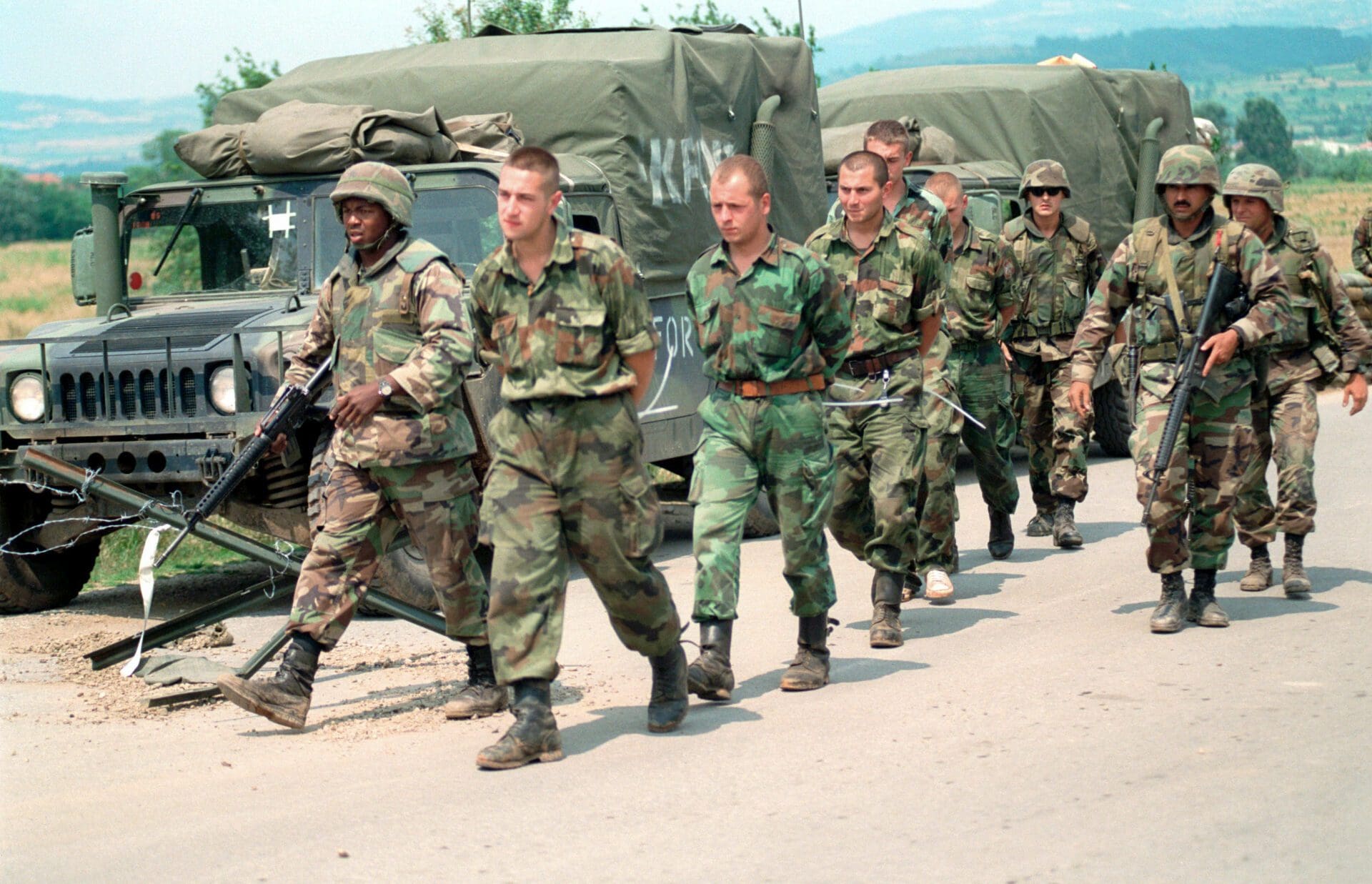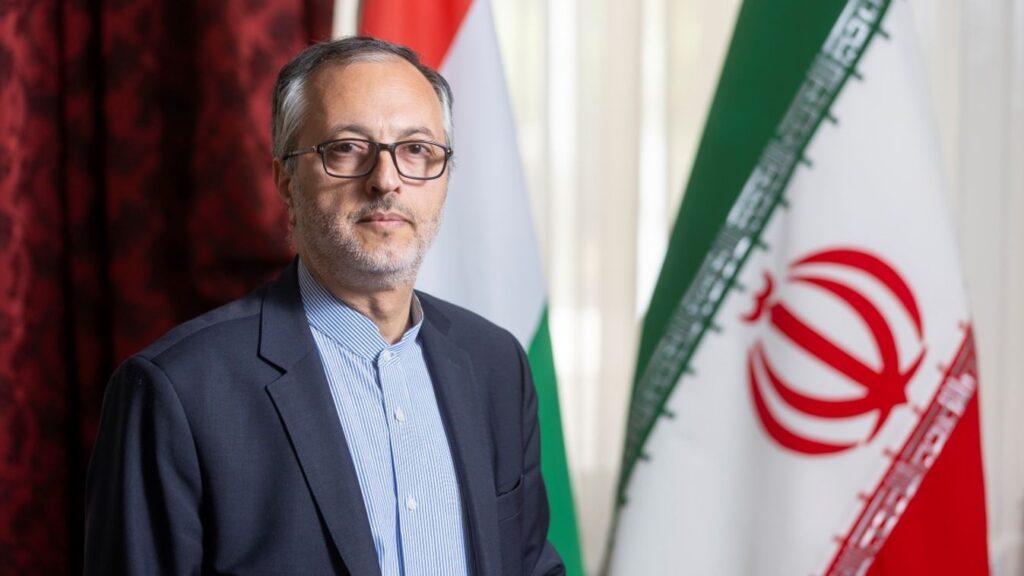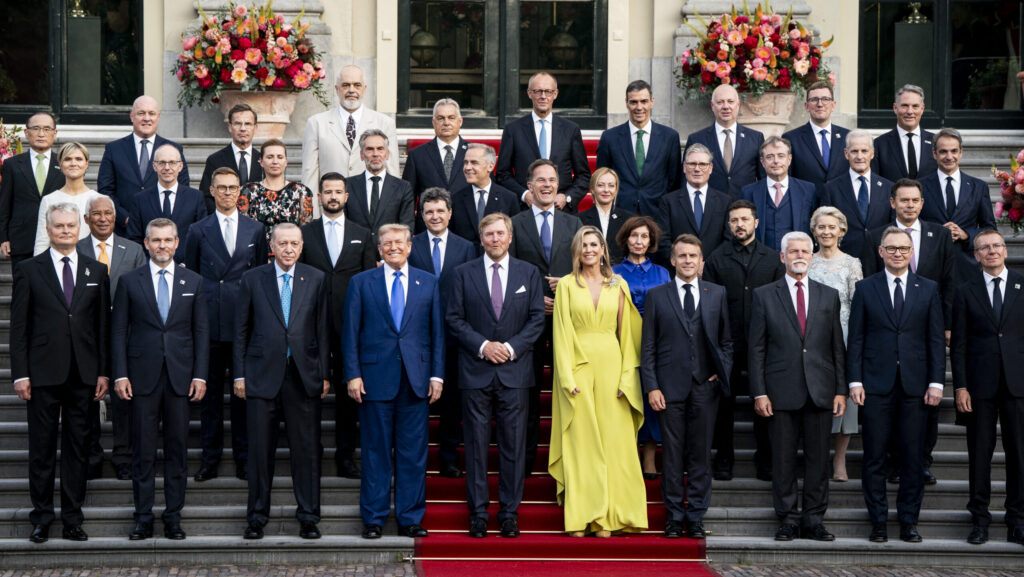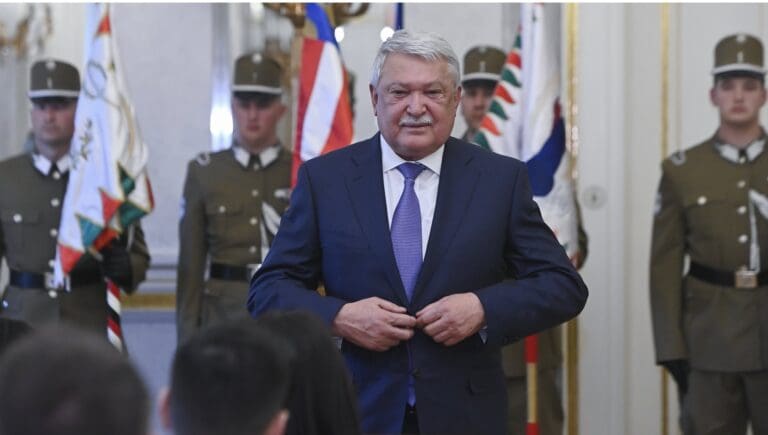Amidst times of armed confrontation in its neighbourhood and the near-collapse of the European security system, Hungary is undeniably an island of peace. The region the country is in, however, has been plagued by conflicts ever since the dissolution of the Communist bloc.
Whereas some of these armed conflicts have traits that place them among the ‘old’ types of war—especially the one raging in Ukraine which sometimes looks like some anachronism from the beginning of the 20th century, characterised by mass mobilizations, trench warfare and the destruction of civilian infrastructure—many of them are very far from resembling what armed conflicts looked like in the past. It is crucial not to be misled by the label ‘war’ applied to modern conflicts, as they significantly differ from the traditional and historical concept of war. Trying to understand the essence of these emerging confrontations
is imperative to be able to make informed decisions on effectively mitigating their consequences.
One of the most well-known attempts to reshape the public and scholarly understanding of conflicts in the post World War II period was made by Mary Kaldor in her book titled New and Old Wars: Organised Violence in a Global Era. By conducting a case study of the war in Yugoslavia, she demonstrates the underlying logic of the ‘new’ wars as opposed to the ‘old’ ones.
The main argument of the work can be summarised as follows: instead of viewing modern wars according to the traditional notion of ‘the struggle of two wills to achieve victory,’ the ‘new’ war can be better understood as a fragmented and decentralised social system seeking to redistribute resources, without a clear intent of outright victory. In the ‘old’ war the typical tactics of each conflicting side was to establish a safe haven in deep forests, mountains, or other remote areas, and then harass the enemy that controlled the desired territory. While the fighters of the ‘new’ wars also establish a territory that serves as their base, they barely try to engage in armed confrontation. Instead, they turn their arms against the civilian population,
creating an atmosphere of hatred and suspicion.
Additionally, in modern warfare the sides frequently resort to expelling individuals who advocate for peace. The removal of certain people or groups of people from the public sphere is often justified with ploys of identity politics, perpetuating a divisive ‘us vs. them’ mentality. Those who do not fit into a certain definition of ‘us’ often face displacement at best, and tragically, sometimes even genocide—as it was the case in Hungary’s former neighbour, Yugoslavia, which fell apart in accordance with the blueprint of ‘new’ wars.
The underlying rationale behind the perpetuators of conflicts of this type is simple—to acquire revenues. By enforcing distinctions based on identity and the fear of ‘the other’, the fighters of the ‘new’ wars
create a legitimate excuse for pillaging and looting.
Other means of making profit can involve smuggling, selling resources, taxing humanitarian assistance, kidnapping people for ransom, demanding payments for crossing check points, and so forth. This also reveals the reason why it is increasingly hard to mitigate this type of wars—often neither side is interested in changing this state of affairs, as it is a mutually beneficial enterprise, and the status quo becomes the source of their income. Albeit to varying extents, this model is applicable to the civil wars in Africa, Syria, Afghanistan, as well as the conflict in Donbass from 2014 to 2022.
The author thoroughly explains the logic of the ‘new’ wars, while she also conducts a series of case studies of the prominent examples these novel types of conflicts—the war in Yugoslavia, as well as the wars in Afghanistan and Iraq.
Another significant section of the book focuses on addressing the challenge of closing ‘new wars,’ as traditional conflict resolution mechanisms are primarily designed to tackle ‘old’ wars. Mary Kaldor suggests a cosmopolitan approach that aims at encouraging civil society groups not to succumb to rhetoric of political particularism and identity politics. According to her proposition, the international community has to make sure that the civil society is provided with safe zones, where inclusion and a platform for dialogue exists. This attitude contradicts the approach that was adopted to end the Yugoslav wars, for instance. Instead, the principles of ethnic separation were embedded into treaties which aimed at stopping the conflict. The result was often further ethnic cleansing and more separation,
reinforcing the identity politics adopted by the fighting sides.
Since the book was published in 1999, it obviously and regrettably does not delve into events that have occurred since. Fortunately, however, in a recent podcast, Mary Kaldor analysed the Russo-Ukrainian war through the lens of the framework she developed in her book. The conflict that existed from 2014 to 2022 meets the criteria of a new war to a large extent, she argued, but the full-scale invasion that has been raging since 2022 is rather conventional. Despite the official Russia attempt to label the armed conflict as a mere ‘special military operation,” the war closely resembles the characteristics of the two world wars, that is, it essentially falls into the category of classical ‘old’ wars. However, it is rather an anachronism from the past than an exception disproving Mary Kaldor’s main point, as the general trend modern conflicts follow aligns with her framework.
The book is highly insightful in that it helps understand the crucial issue of how conflict dynamics and the logic of wars have changed since the world wars. It is (should be) a must-read for politicians and policymakers interested in preserving peace and global stability.








